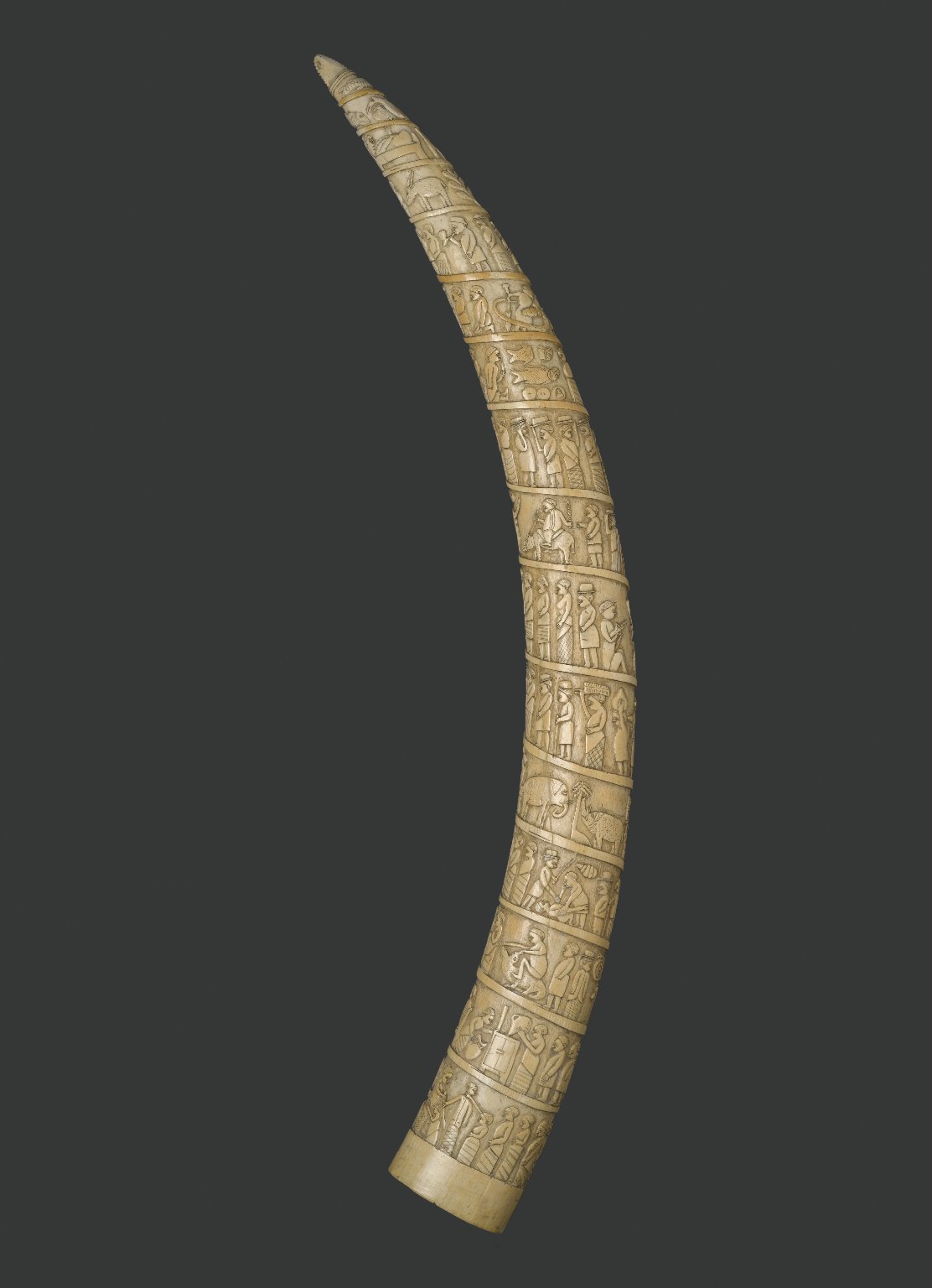

Moretti is a three-time champion in WWE, and was inducted into the WWE Hall of Fame in 2018. She is best known for her time with WWE between 19 under the ring name Ivory.
Ivory professional#
Lisa Mary Moretti (born November 26, 1961) is an American former professional wrestler. Avian predators such as glaucous gulls are known to prey on eggs and young.San Juan Island, Washington, United States Polar bears will take eggs and young on occasion. Arctic foxes are well-known nest predators, and can destroy entire breeding colonies in flat areas in some years. Ivory gulls are also scavengers of marine mammals killed by large predators, and they sometimes also forge on marine mammal faeces and placentae. At sea, it is a surface-feeder, foraging primarily on small fish, such as arctic cod Boreogadus saida, and macro-zooplankton, such as amphipods and euphausiids. They forage mostly within drift ice areas and at glacier fronts. Like most gulls, the ivory gull is an opportunistic feeder. Nests can be found from just above sea level to about 800 m. Some ivory gulls breed in mixed colonies with black-legged kittiwake or other seabirds. It has previously also been found nesting on flat ground, e.g.

Ivory gulls usually breed on steep cliffs, often on nunataks (rock outcropping at the top of mountains that peek through ice sheets) in remote areas. Altogether 80 colony locations have been documented in the archipelago. The largest colony recorded in Svalbard in recent years contained 150 pairs. In Svalbard most colonies are small, rarely containing more than 10–50 pairs.

The species breeds as single pairs or in colonies of up to more than a hundred pairs. The ivory gull is a high arctic species that frequents ice-filled waters throughout the year. The spring migration starts in April, and the birds disperse into the breeding areas in May. Some birds may winter in the Bering Sea, in the north Pacific. They stay in this area until mid-October when they start migrating along the sea ice edge to the wintering areas along the ice edge in the Labrador Sea between Canada and Greenland. Ivory gulls leave the colonies soon after the young have fledged in late August and beginning of September, and move up to the sea ice edge between Svalbard and Severnaya Zemlya (Russia). It often follows ships within the pack-ice zone, and also appears regularly in small numbers in the settlements on Spitsbergen, often at rubbish dumps or at sewage outlets. The ivory gull is a common species in ice-filled waters around the archipelago at all times of the year. In Svalbard the ivory gull breeds in scattered colonies in the eastern part of Spitsbergen (as far south as Hornsund), Barentsøya, Kong Karls Land and Nordaustlandet, with the highest colony densities occurring in the east og north. Scattered colonies occur in arctic Canada, Greenland, Svalbard, Franz Josef Land, on islands in the Kara Sea and on Severnaya Zemlya.
Ivory Patch#
The ivory gull has a patch circumpolar breeding distribution across the high arctic.

International cooperation in Antarctica.


 0 kommentar(er)
0 kommentar(er)
